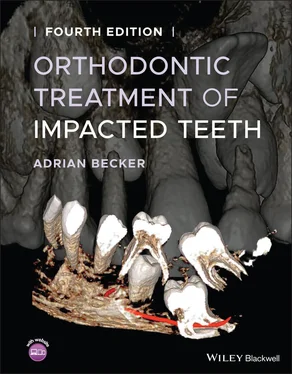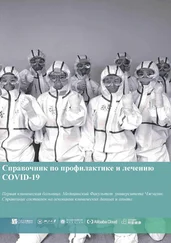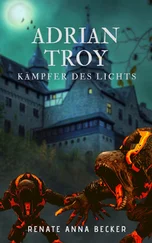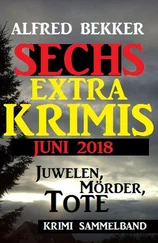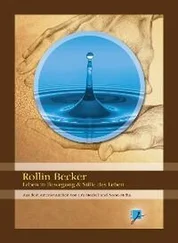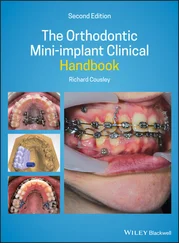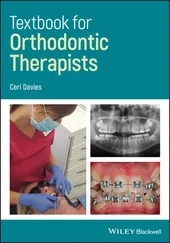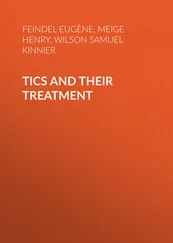A 0.016 in. main arch will need reinforcement if it is to supply the needed anchorage. The possible reinforcements would need to include one or both of a more substantial compensatory curve of the main arch or a Goshgarian or soldered transpalatal arch.
Furthermore, the use of available variable torque options may help to achieve the required root torque. In more demanding cases, reverse torque can be employed by inverting the bracket to change the torque value from positive to negative or vice versa ( Figure 3.13).
The effective torque of inverted brackets is dependent on the preferred bracket prescription. For instance, an inverted upper canine bracket of the McLaughlin‐Bennett prescription will not deliver buccal root torque, but will deliver an increased inclination of 14° (from –7° palatal root torque to 7°).
A bypass archwire can be used to connect all teeth on the arch with the exception of the ectopic tooth, to form a rigid stabilizing anchorage unit. It requires a heavy archwire that, for maximum anchorage value, needs to be of rectangular stainless steel wire, which ideally will fill the slots of the brackets. Bypasses are stepped out, with either first‐ or second‐order bends, in order to avoid any interference with the erupting ectopic tooth.
Using a bypassing arch wire, it is possible to distribute the undesired forces and moments over a larger number of teeth and therefore minimize clinical side effects.

Fig. 3.13 When inverting a left upper canine bracket, it has to be kept in the same side of the arch in order to retain the same distal root tip.
Because of the low forces engaged in orthodontic treatment in general, the reinforcement of anchorage by using mini‐screws is not usually necessary. Nevertheless, the introduction of skeletal anchorage has potentially widened the spectrum of orthodontics, allowing for treatments that could not previously be done solely with conventional appliances. Biomechanical knowledge is, however, mandatory, in order to ensure that the system is not abused [3].
Efficient biomechanics are not dependent on additional gadgets. The active, tooth‐moving unit solely concerns the ectopic tooth or teeth. In order to have the facility to apply a cantilever, there need to be auxiliary tubes on the first molars. As the ectopic tooth is brought into the proximity of the arch with traction applied to an eyelet, a bracket has to be substituted to enable controlled alignment. If the tooth is severely rotated and/or tipped, the replacement of the eyelet by bonding a bracket, which carries an additional vertical slot incorporated in the bracket base, will be advised. It should be noted that uprighting and de‐rotation of the canine may be accomplished simultaneously, using a cantilever. Since light forces are used, sufficient anchorage is available with the use of a rigid base arch connecting all the other teeth and consolidating them into a single anchor unit.
If a lingual arch or transpalatal arch is necessary, Goshgarian tubes, Burstone lingual brackets or hinge cap attachments on the first molars will permit simultaneous multitasking.
In order to use only light forces, composite cantilevers may be prepared, using a stiffer section in TMA 0.017 in. × 0.025 in. and a more elastic section in TMA round 0.018 in. wire. The stiffer part will secure a tight seat in the auxiliary tube, while the elastic part delivers the needed low force.
Forces applied with a cantilever tied to the eyelet/bracket/ligature wire of the tooth to be moved creating a one‐point contact can be controlled using a Correx tension gauge ( Figure 3.14).
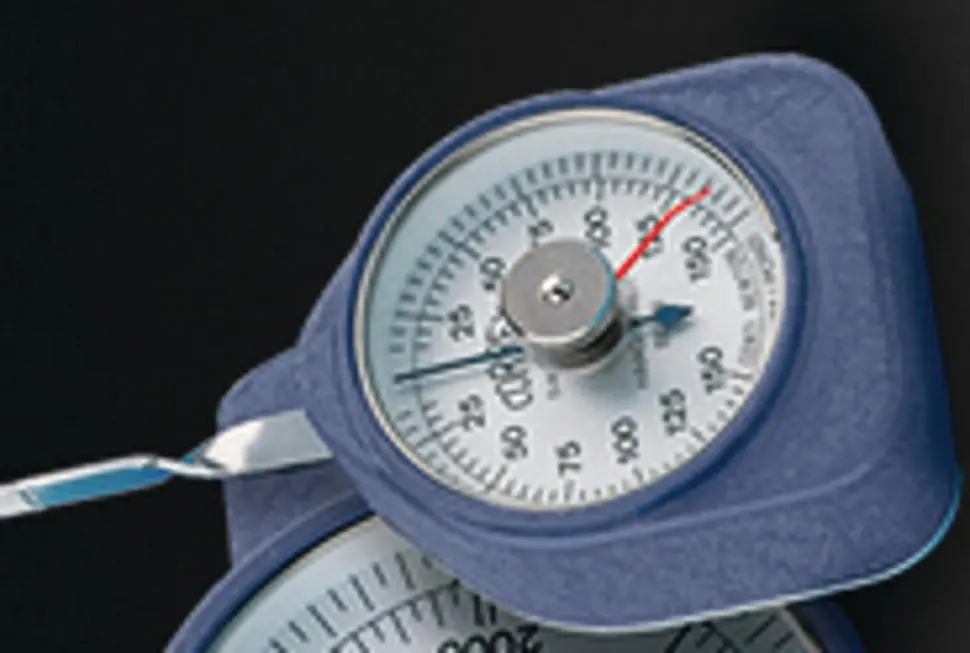
Fig. 3.14 The use of a Correx tension gauge is recommended to measure/control the level of the applied forces with cantilevers.
Straight lengths of new materials, such as the Connecticut New Arch Wire, are bendable and produce lower forces than TMA wire [31].
Super‐elastic Nitinol wire may be used for cantilevers, when bended with the Sander Memory Maker, Khouri Bendistal pliers ( Figure 3.15) or hammerhead pliers. Third‐order bends cannot conventionally be bent into super‐elastic wires without destroying the structure of the wire. With the help of the Memory Maker ( Figure 3.16), it is possible to programme bends of each order into the NiTi wires, as well as torque [32].
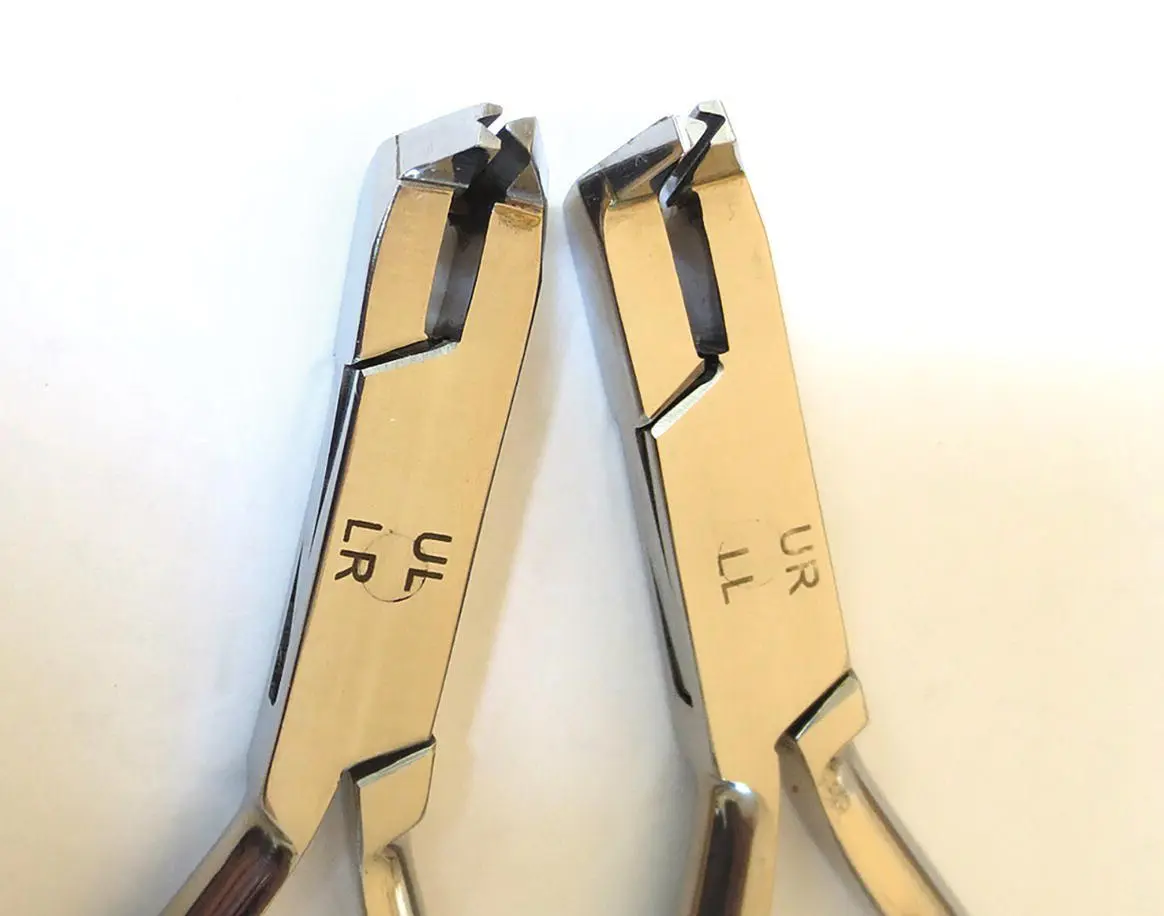
Fig. 3.15 Khouri Bendistal pliers are reliable tools for bending wire ends and V bends.
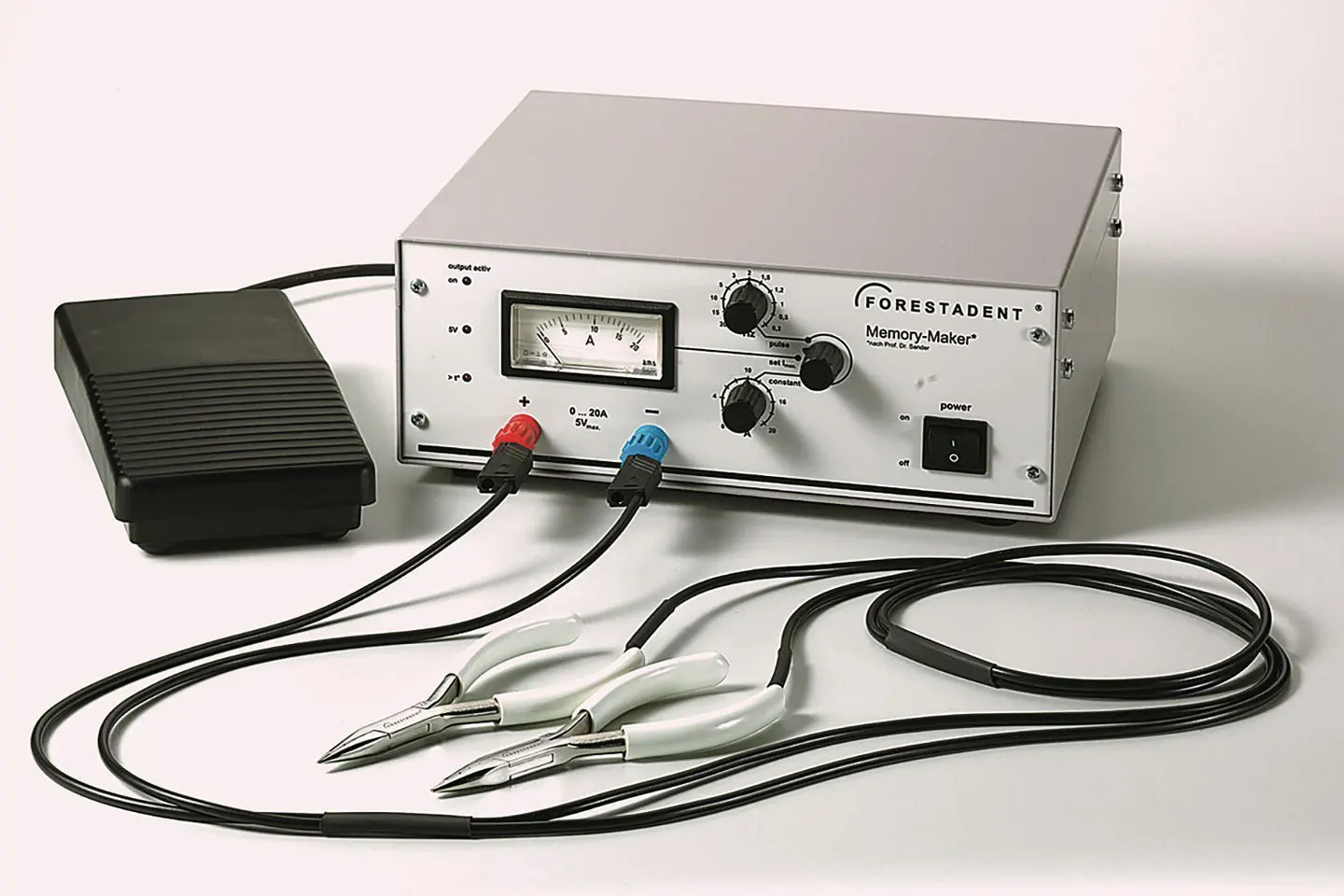
Fig. 3.16 The Sander Memory Maker allows NiTi wire adjustments in all planes of space and torque application.
Appendix: Colour code convention for moments and forces
Forces and moments in the three planes of space are depicted as follows:
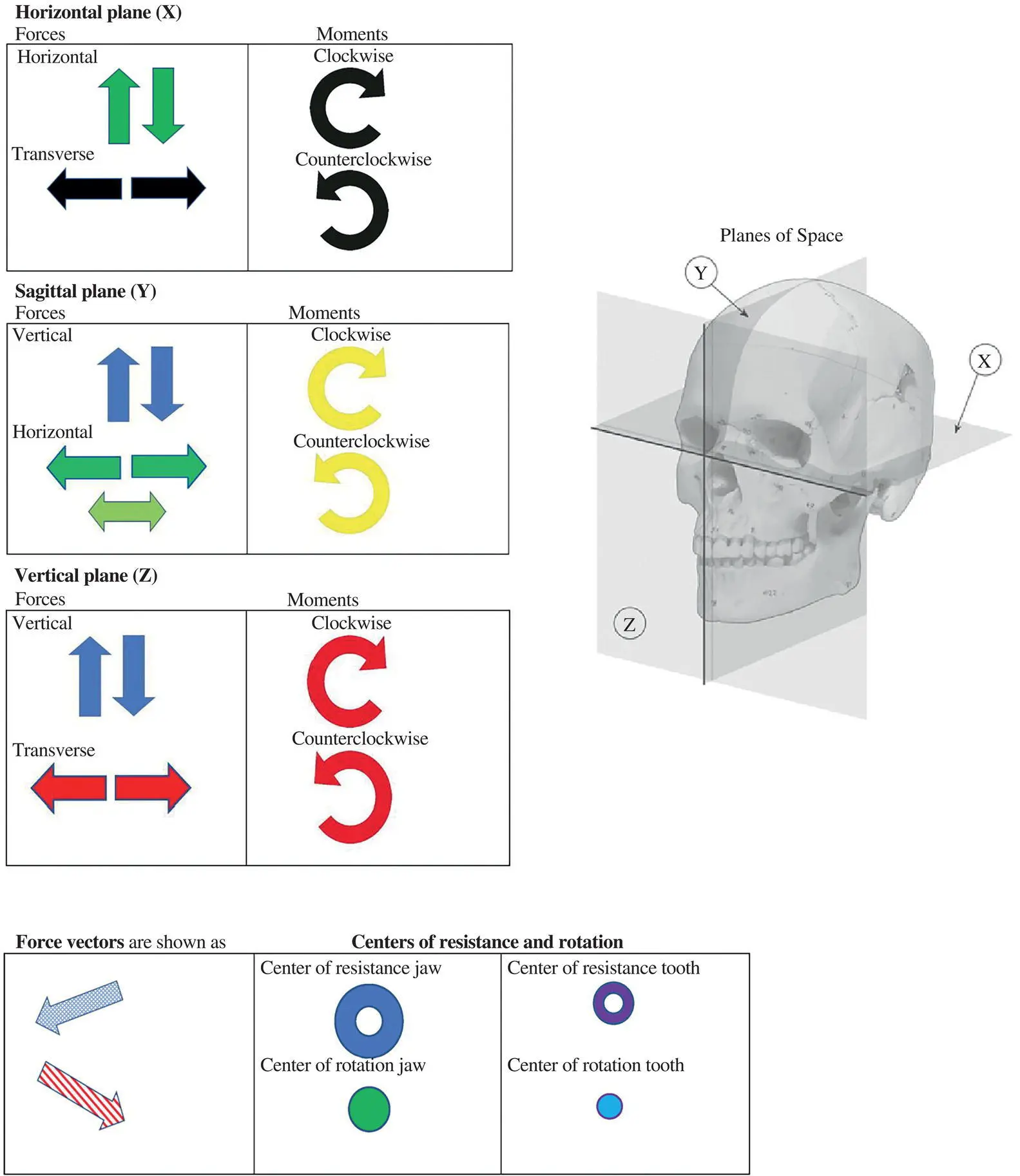
Table 3.1 Colour code convention.
1 1. Burstone CJ, Choy K. The Biomechanical Foundation of Clinical Orthodontics. Hanover Park, IL: Quintessence, 2015.
2 2. Fiorelli G, Melsen B. Biomechanics in Orthodontics. Wollerau: IOSS, 2017.
3 3. Melsen B. Northcroft lecture: how has the spectrum of orthodontics changed over the past decades? J Orthod 2011; 38: 134–143; quiz 145.
4 4. Melsen B. Fast food or slow food orthodontics? Part 2. Angle Orthod 2017; 87: 480–481.
5 5. Marcotte M. Biomechanics in Orthodontics. Philadelphia, PA: B.C. Decker, 1990.
6 6. Ren Y, Maltha JC, Kuijpers‐Jagtman AM. Optimum force magnitude for orthodontic tooth movement: a systematic literature review. Angle Orthod 2003; 73: 86–92.
7 7. Van Leeuwen EJ, Kuijpers‐Jagtman AM, Von den Hoff JW, Wagener FADTG, Maltha JC. Rate of orthodontic tooth movement after changing the force magnitude: an experimental study in beagle dogs. Orthod Craniofac Res 2010; 13: 238–245.
8 8. Maltha JC, Kuijpers‐Jagtman AM, Suttorp CM et al. Force magnitude and rate of orthodontic tooth movement: what we learned from dog studies. Inf Orthod Kieferorthop 2017; 49: 91–97.
9 9. Mulligan TF. Understanding forces and moments. In Common Sense Mechanics in Everyday Orthodontics II. Phoenix, AZ: CSM, 2009: 12–28.
10 10. Becker A. Should we always create space in the dental arch for an impacted canine, before it is exposed? Bulletin #3. 2011; 1–7. https://www.dr‐adrianbecker.com/page.php?pageId=281&nlid=9.
11 11. Shroff B, Lindauer SJ. Leveling and aligning: challenges and solutions. Semin Orthod 2001; 7: 16–25.
12 12. Lindauer SJ, Isaacson RJ. One‐couple orthodontic appliance systems. Semin Orthod 1995; 1: 12–24.
13 13. Lindauer SJ, Isaacson RJ, Britto AD. Three‐dimensional force systems from activated orthodontic appliances. Semin Orthod 2001; 7(3): 207–214.
14 14. Shellhart WC, Oesterle LJ. Uprighting molars without extrusion. J Am Dent Assoc 1999; 130: 381–385.
Читать дальше
